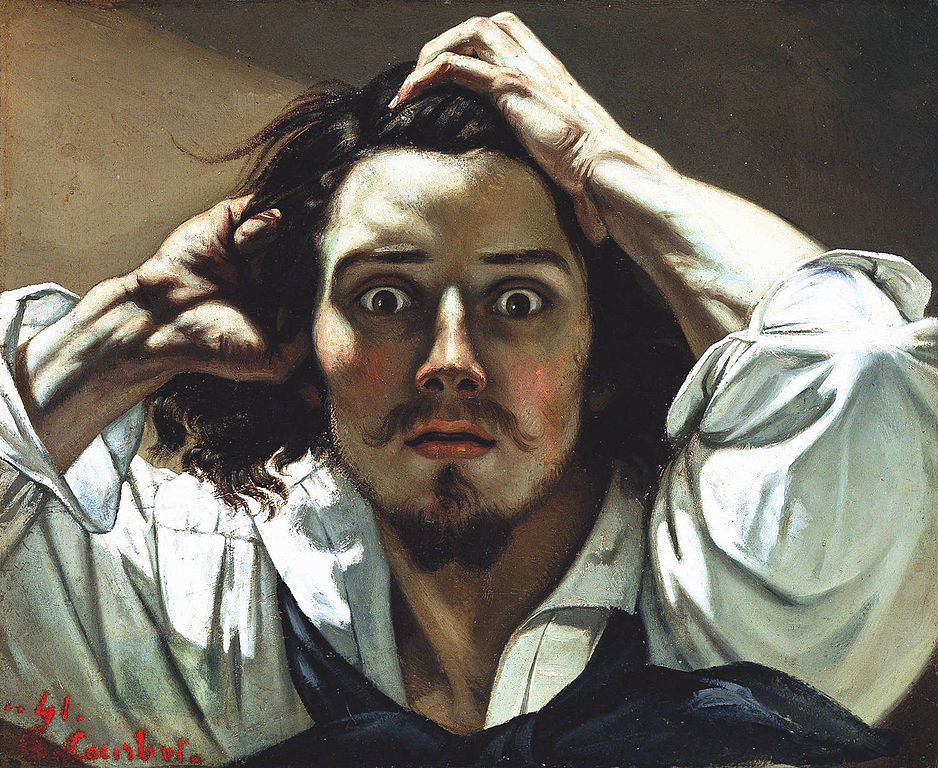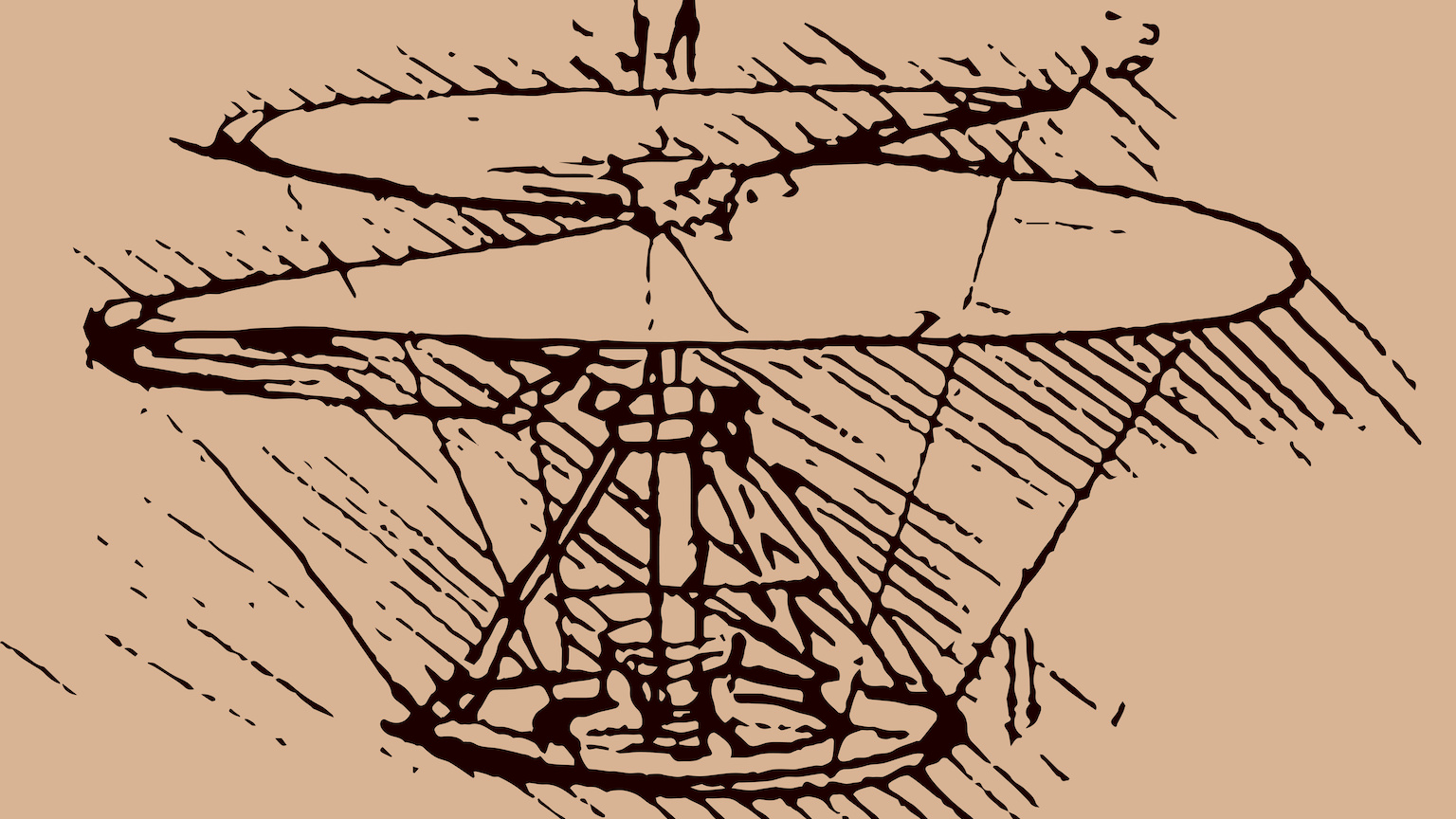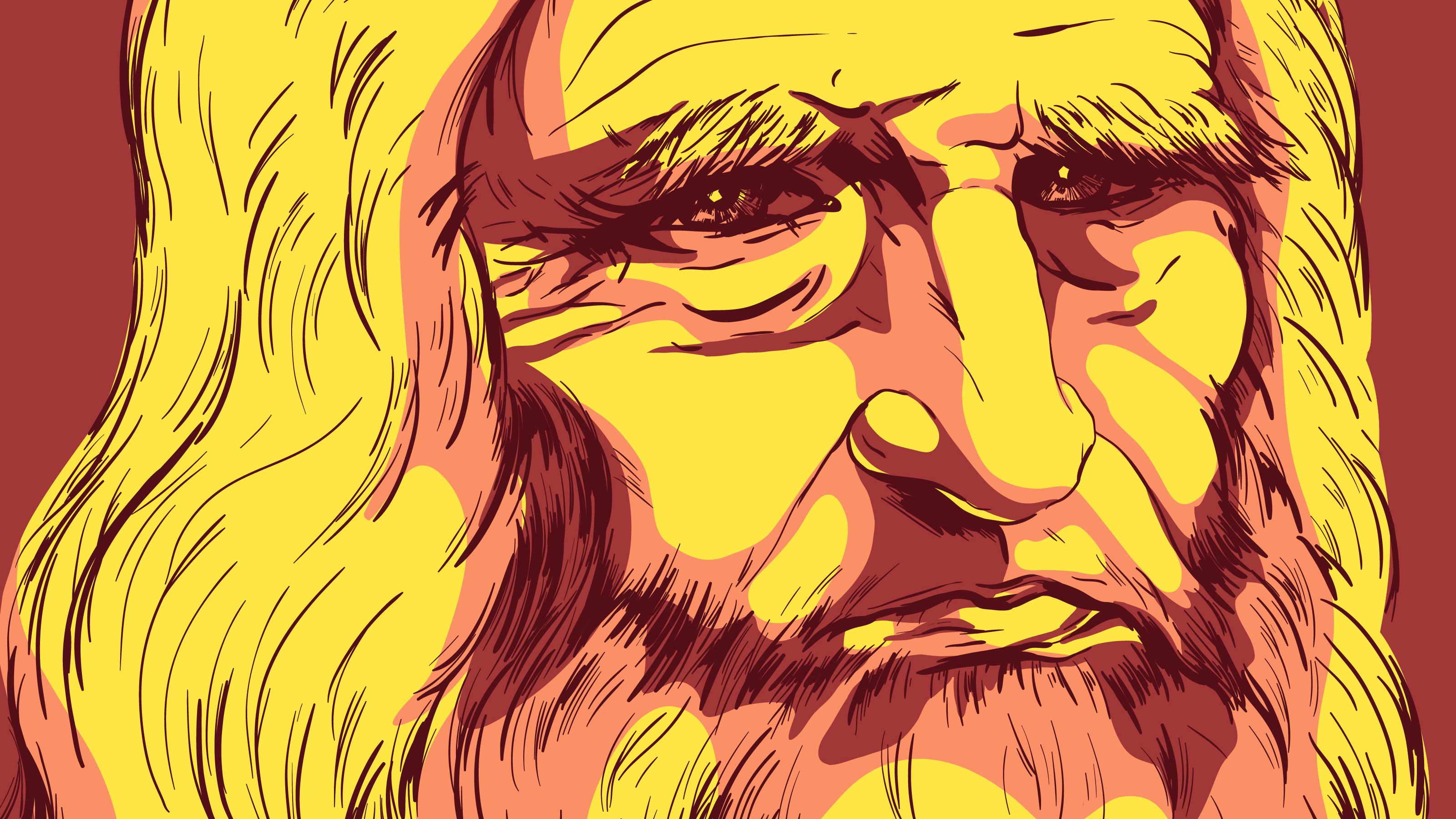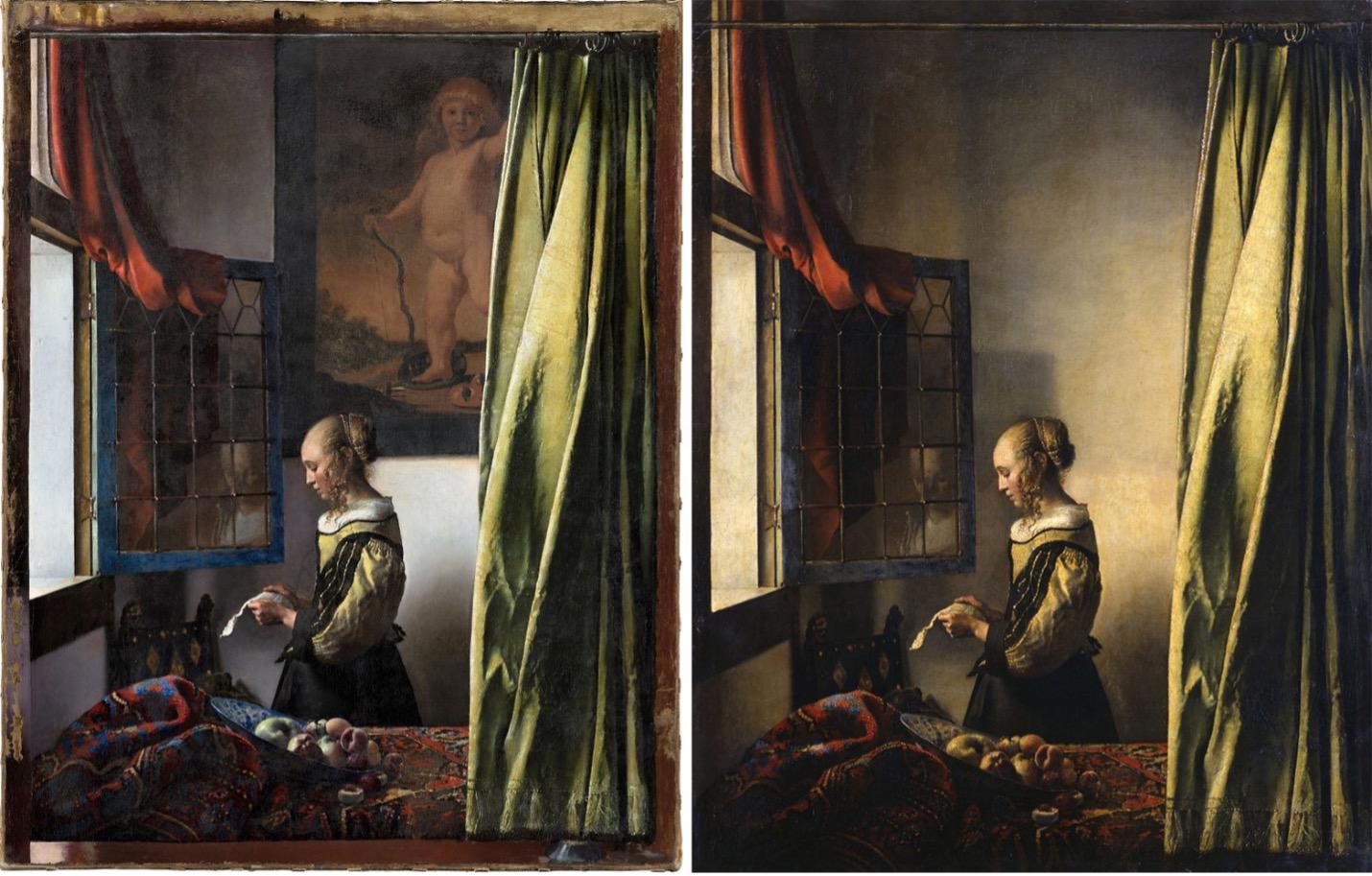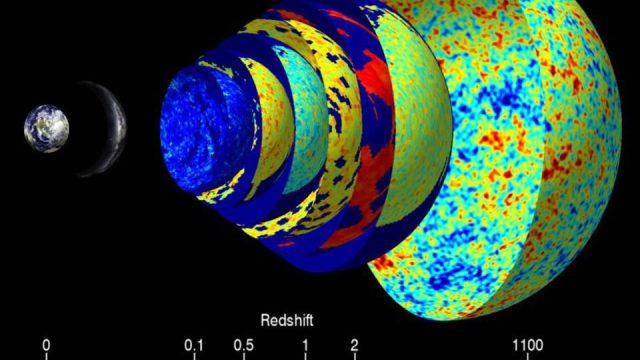Was the mysterious, $450-million “Salvator Mundi” really painted by Leonardo da Vinci?
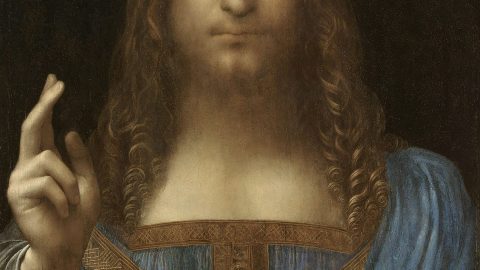
- Christie’s made history by auctioning a newly discovered painting by Leonardo da Vinci for $450 million.
- Five years since the auction, not all critics believe the portrait was painted by the polymath.
- Every argument for why Salvator Mundi is a real Leonardo easily can be construed as an argument for why it is not.
In 2005, a painting called Salvator Mundi went under the hammer at the St. Charles Gallery auction house in New Orleans. Described as “dark and gloomy,” it showed Christ holding a crystal orb in one hand while raising the other in blessing.
Even though Salvator Mundi was several centuries old, it attracted little interest from buyers. The image had been overpainted heavily and poorly. On top of this, it was presumed to be a copy made after a much more valuable but long lost original. For these and other reasons, a consortium represented by New York art dealer Alexander Parish was able to buy Salvator Mundi for as little as $1,175.
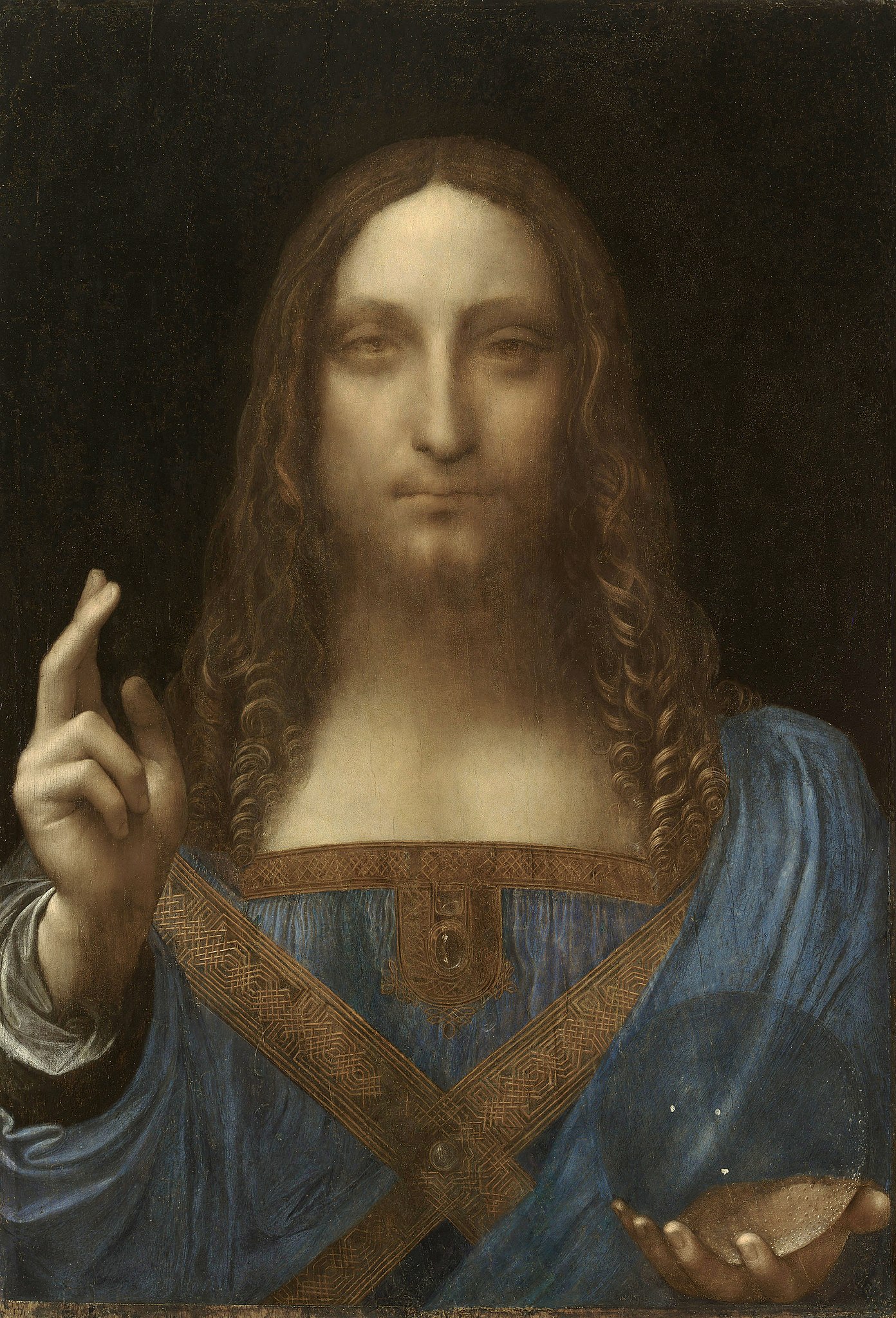
Feeling they had nothing to lose, the consortium hired the New York University conservator Dianne Dwyer Modestini to restore the painting. Looking at the Salvator Mundi through an infrared camera, Modestini discovered the artist had initially wanted to paint Christ’s right thumb straight as opposed to curved. This initial, slightly different composition suggested that the painting was not a copy, but the original that everybody had been looking for.
The museums which subsequently analyzed the painting made another shocking discovery. While its composition indicated Salvator Mundi was an original, its newly restored style suggested that it was an original painted by Italian polymath Leonardo da Vinci, creator of the Mona Lisa and one of the most famous artists in history.
Its author determined, the value of Salvator Mundi increased from $1,175 to $75 million when auctioned off by Sotheby’s in 2013 before being sold to Russian collector Dmitry Rybolovlev for $127.5 million. The roof was raised yet again by auction house Christie’s, which in 2017 sold Salvator Mundi to the Saudi Arabian crown prince Mohammed bin Salman for $450 million — the highest amount of money ever paid for a piece of art.
This record-breaking number was plastered all over the internet, distracting the world from one crucial detail: Not all experts were convinced that the painting had actually been made by da Vinci.
A controversial masterpiece
Among the first to condemn the auction was art critic Jerry Saltz. In an article written for Vulture in November 2017, he accused Christie’s of inflating the painting’s asking price via overzealous marketing. A “glossy 162-page book with quotes from Dostoevsky, Freud, and Leonardo” heralded it as “the greatest and most unexpected artistic rediscovery of the 21st century.” He also mentions auctioneers pitching Salvator Mundi as “the holy grail of our business, a male Mona Lisa, the last da Vinci, our baby, something with blockbuster appeal, akin to the discovery of a new planet.”
More importantly, Saltz doubted the painting’s authenticity:
“I’m no art historian or any kind of expert in old masters. But I’ve looked at art for almost 50 years and one look at this painting tells me it’s no Leonardo. The painting is absolutely dead. Its surface is inert, varnished, lurid, scrubbed over, and repainted so many times that it looks simultaneously new and old. This explains why Christie’s pitches it with vague terms like ‘mysterious,’ filled with ‘aura,’ and something that ‘could go viral.’ Go viral? As a poster, maybe.”
Martin Kemp, who unlike Saltz is an art historian and an expert in the old masters, felt differently. Upon viewing Salvator Mundi for the first time, he concluded that it “had that kind of presence that Leonardos have… that uncanny strangeness that the later Leonardo paintings manifest.”
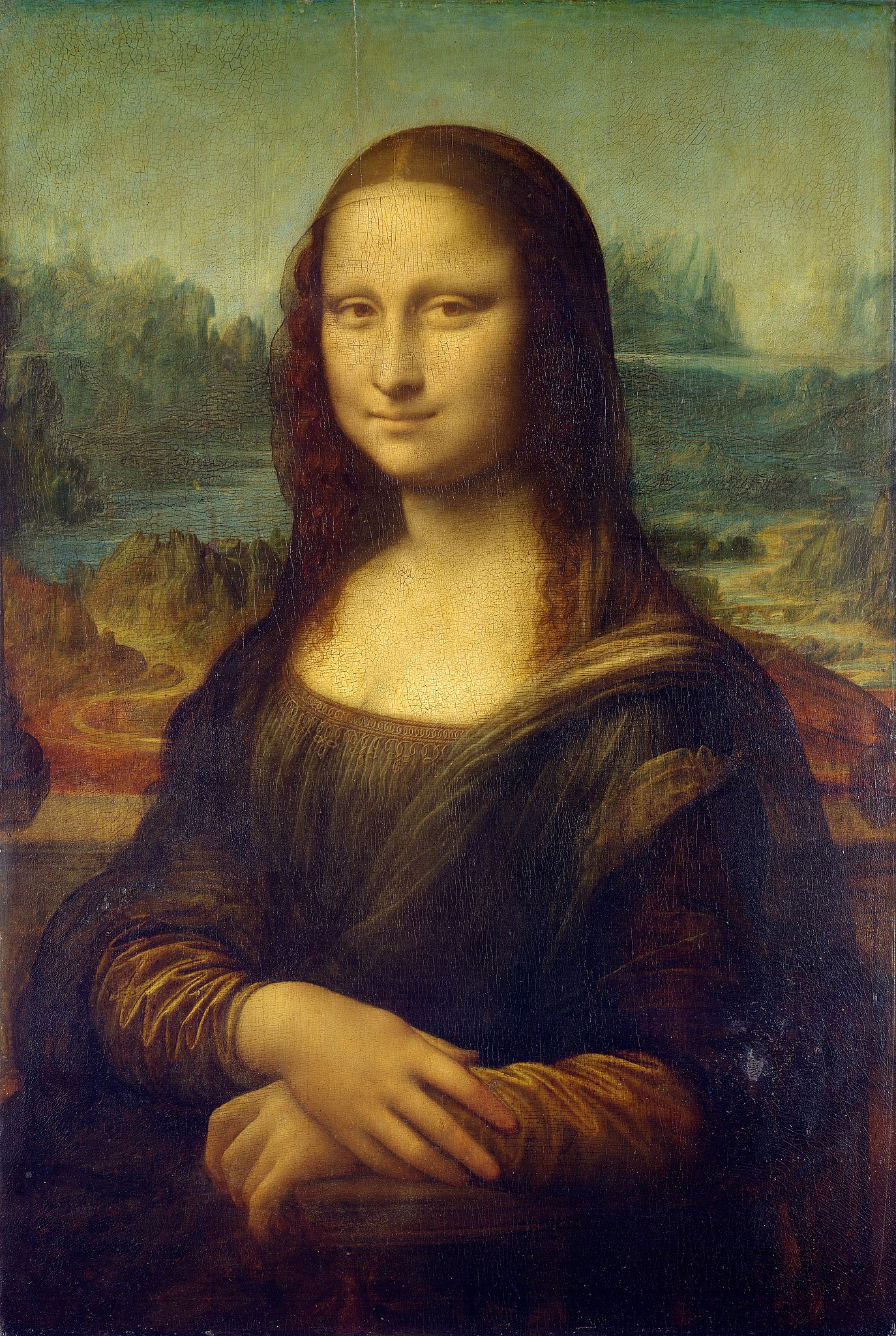
The painting does, to be fair, exhibit a number of qualities we have come to associate with the artist. One of these is the so-called sfumato effect, which refers to the technique of blending tones together so meticulously that it becomes difficult to tell where one color starts and the other stops. Thanks to many years of studying cadavers, Leonardo was also unrivaled in his ability to paint hands, which serve as a focal point in Salvator Mundi.
But while the individual features of the portrait are painted in Leonardo’s style, the positioning of the sitter is missing his distinctive signature. As the American portrait painter Frank Slater pointed out in his book Practical Portrait Painting, Leonardo would represent his subjects dynamically, with their bodies, heads and eyes all turned in opposite directions. This dynamism is lacking in Salvator Mundi, but present in a chalk drawing of Christ by da Vinci that surfaced in 2020, further discrediting the legitimacy of Christie’s auction.
Cracking the Da Vinci Code
Determining the origin of Salvator Mundi is tricky because every major argument for why the painting is a genuine Leonardo da Vinci can easily be twisted into an argument for why it isn’t. Look, for instance, at the orb Christ is holding. When confronted by the painting, British art historian Charles Hope noted that the object does not distort the drapery behind it. This would have been a strange choice for da Vinci, who was as knowledgeable about art as he was about science and surely must have been interested in — and capable of — showing how the orb, made of glass or crystal, magnifies, inverts, and reverses images.
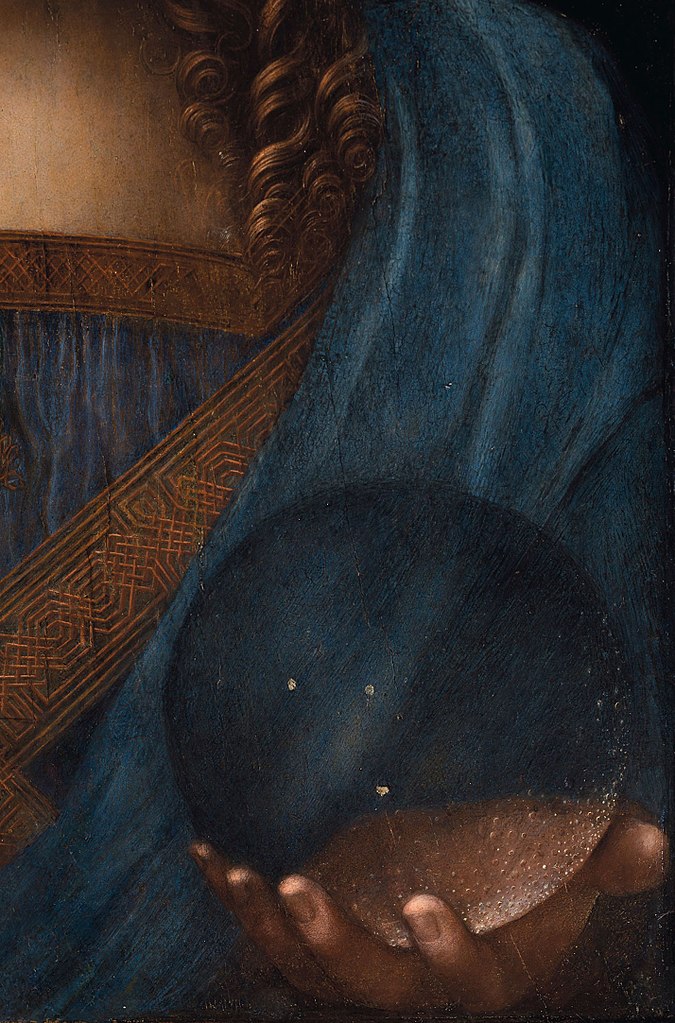
In his 2017 biography of Leonardo da Vinci and his work, Walter Isaacson argued the artist’s unscientific portrayal of the orb had been intentional because any visual distortion would have been distracting. Isaacson’s notion was echoed by Kemp, who wrote that “to show the full effects of the sphere on the drapery behind would have been grotesque in a functioning devotional image.” Kemp and co-author André J. Noest interpret the orb not as scientific but mystical, with the little specks on its surface representing celestial bodies.
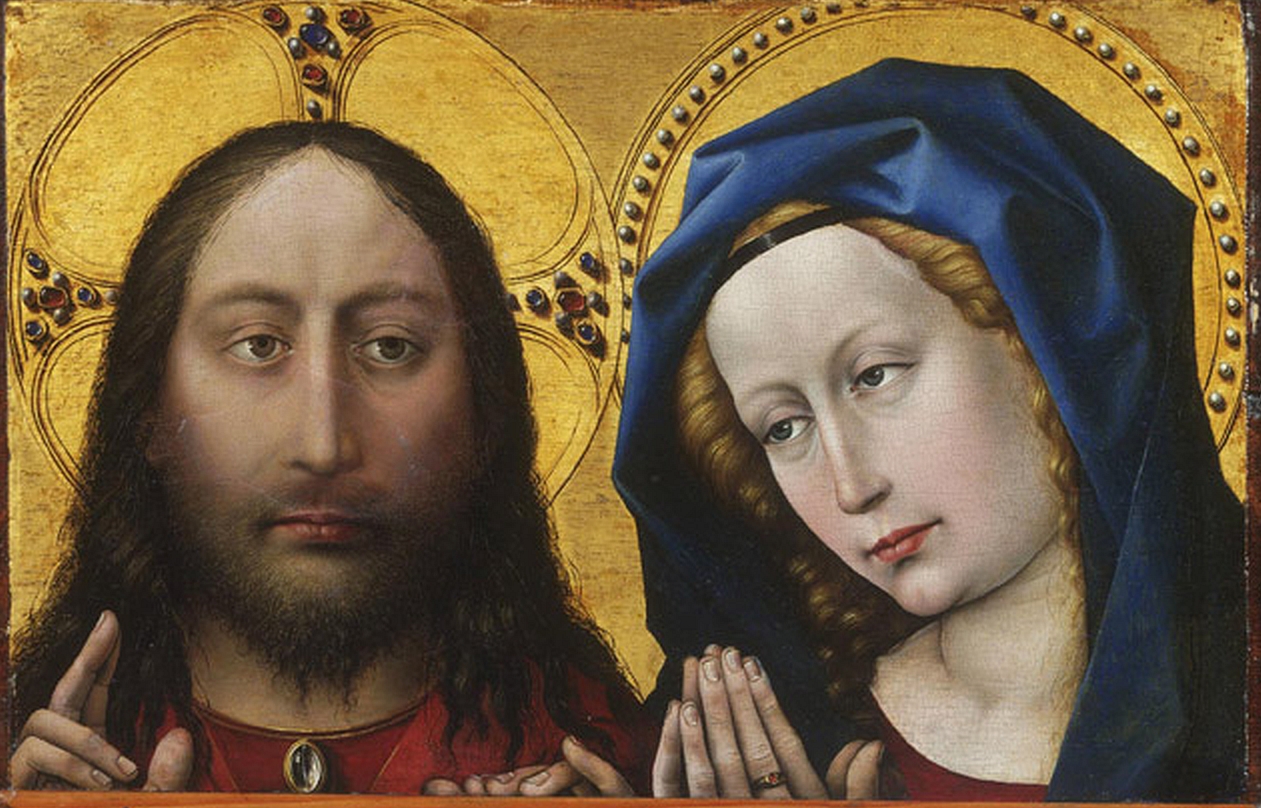
An equally inconclusive debate has been waged regarding the positioning of Christ in the Salvator Mundi. On the one hand, some critics agree with Slater, who claims that da Vinci would never paint his sitters in a front-facing pose. Considering none of the 15 authenticated Leonardos known today were painted like Salvator Mundi, this claim certainly has some weight to it.
On the other hand, there are critics who argue that, because Salvator Mundi images were popularized by and borrowed from Byzantine and early Netherlandish art, da Vinci had been forced to work under constraints that at times contradicted his own artistic preferences, resulting in an image that channels his genius in terms of execution but not in design. This, too, is a pretty satisfying explanation.
Alas, the mystery of who painted the Salvator Mundi is unlikely to be solved anytime soon. The painting disappeared in 2019.

